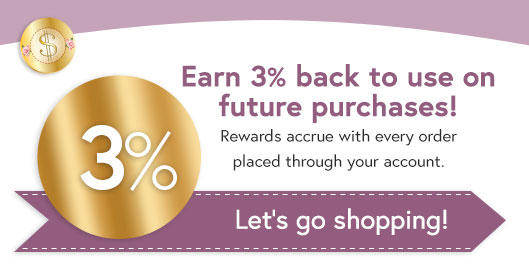Discover the Artistry of Beginner Friendly Patterns and Books
For those diving into the vibrant world of quilting, beginner-friendly quilting patterns and books can serve as an essential resource, guiding both novices and seasoned quilters alike. These patterns come in various styles, from classic designs like patchwork and log cabin to modern interpretations featuring bold geometric shapes and improvisational piecing. Their simplicity makes them accessible while still offering enough creative freedom to nurture your personal style. Incorporating these beginner-friendly resources into your collection will not only enhance your sewing library, but also empower you to tackle projects with confidence, ensuring years of successful quilting adventures.
Choosing beginner-friendly patterns and books means opting for designs that emphasize clear instructions, straightforward techniques, and an array of projects perfect for honing your skills. Shabby Fabrics provides a diverse selection tailored specifically for those eager to expand their quilting repertoire. Their quilting books go beyond merely offering patterns; they present in-depth tutorials and step-by-step guides on techniques ranging from traditional piecing to modern improvisation. With these resources, every quilter will discover something new to learn and explore, elevating their craft while creating beautiful, tangible works of art.
A great place to start is with one of our Free Quilt Patterns. We also offer quilting tutorials for beginners including the Learn How to Quilt - Beginner Series and our Learn How to Quilt Intermediate Series.











































































